I have just launched the Fast Forward Shawl pattern (it’s available on Ravelry). The Fast Forward shawl is a knitted shawl made with three colours of bulky yarn. I’d like to tell you a little bit more about the design process of this shawl.
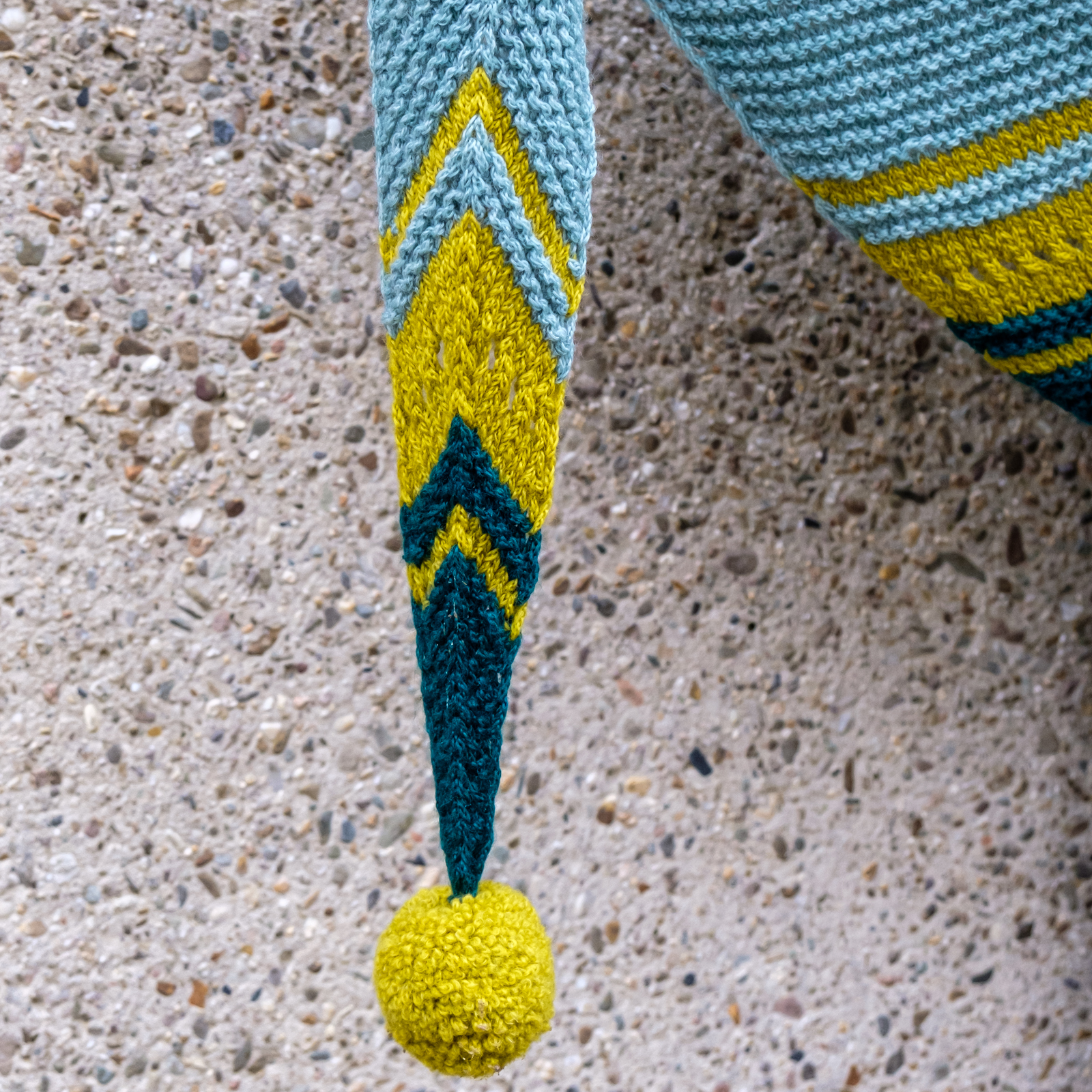
Background
This shawl wasn’t ‘planned’. Instead, it was a more intuitive design. Did you read about Cashmere Hugs here on the blog? After finishing the original version, I made another one using the Landlust Merino 120 yarn by Lana Grossa. They didn’t send me just the yarn required for the second version of Cashmere Hugs… They sent me a big box filled with this lovely yarn in a lot of colours!
I have to admit that, at first, I was a little overwhelmed by the number of balls and colours. The blues were perfect for the second Cashmere Hugs shawl, I decided. And there was still a lot left… I started playing with colour combinations to see which colours would go together and if they would be enough for a shawl. The yarn comes in 50g balls (with 120m each) and, surprisingly, only six balls are enough for a decent-sized shawl! The yarn is a bulky weight yarn and the recommended needle size is 7-8mm. That means anything that you make using this yarn will be a rather quick project!
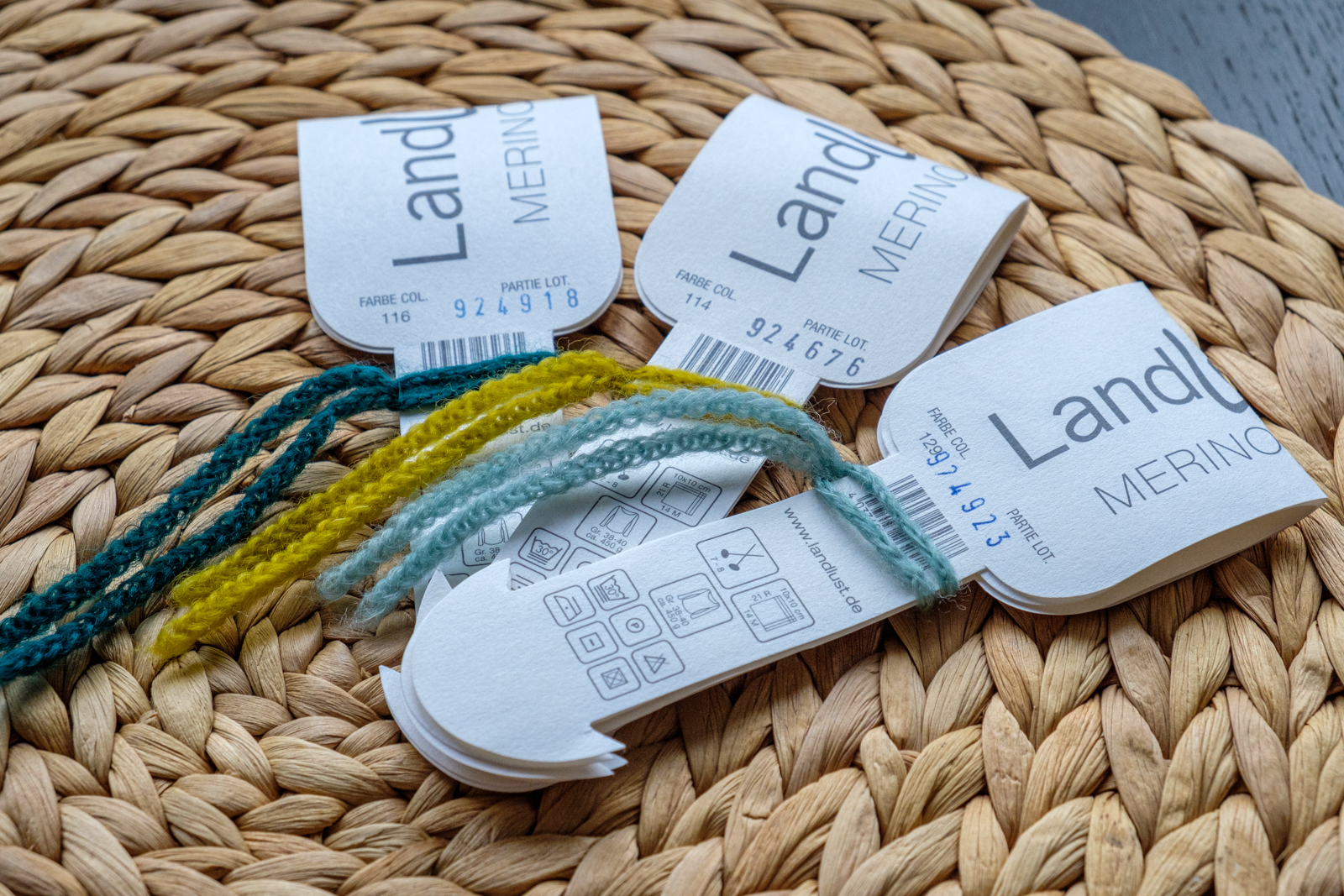
I picked these three colours and I had two balls of each colour.
Shawl Construction
If you are a regular visitor of my blog, then you may know that I’m not a big fan of large, bulky shawls. They’re pretty but, depending on how you wear them, there is a lot of shawl hanging around your neck and, particularly, on your chest. When it comes to triangular shawls, I personally prefer shawls that have a more shallow depth.
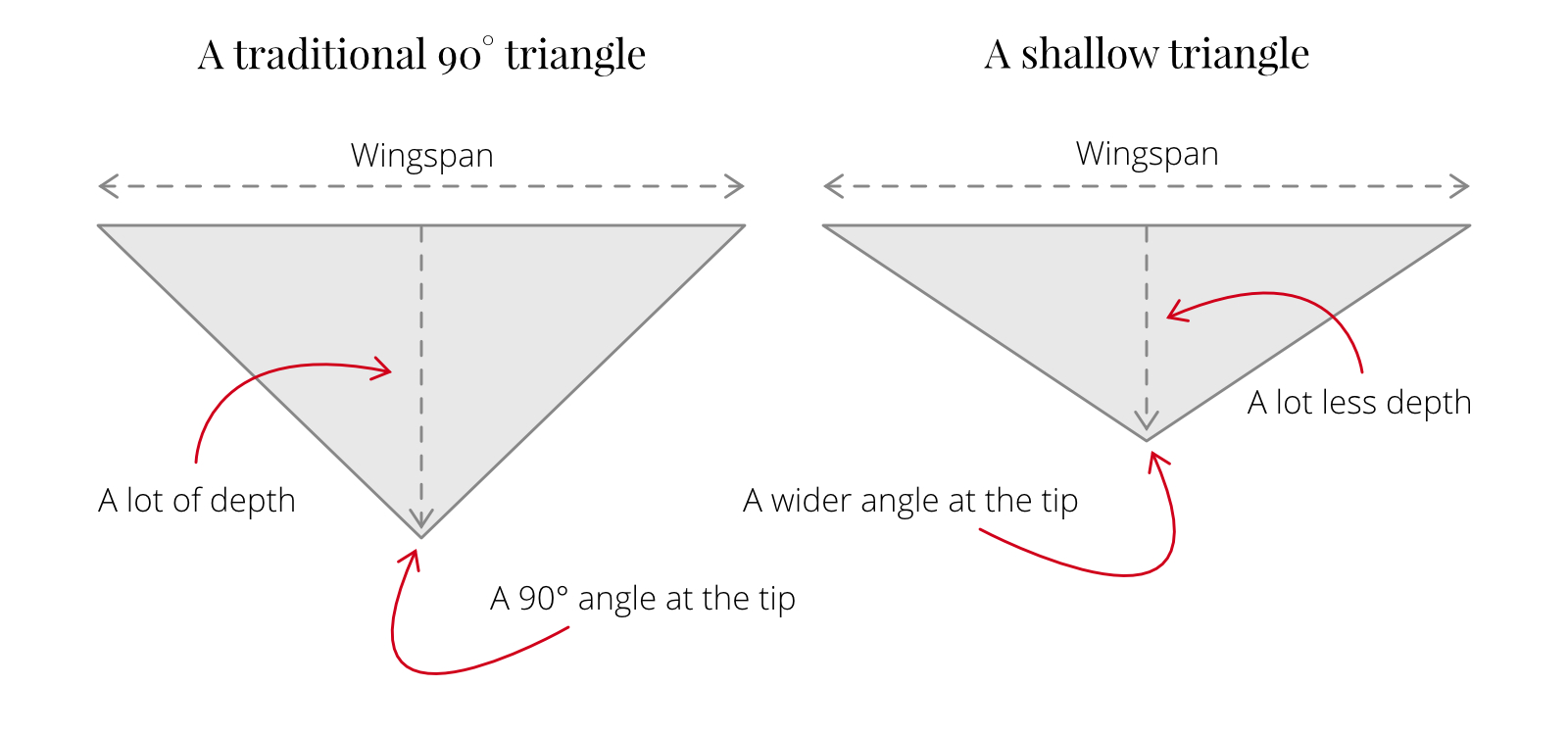
The illustration above explains what I mean. A traditional triangular shawl usually has a 90° angle at the tip. To create a shawl large enough to wrap around your neck, you need a certain amount of wingspan (width). But, as you increase the wingspan, you also increase the depth of the shawl and thus increase the bulk on your chest.
A more shallow triangle has a wider angle at the tip. This shawl shape requires a different method of increasing or decreasing (depending on where you start the shawl) and a lot less depth is created with a comparable wingspan.
Experimenting
So, I knew that I wanted to create a triangular shawl with a shallow depth… I also wanted to keep the stitches rather simple and just play with texture. And I wanted to incorporate stripes in some kind of way.
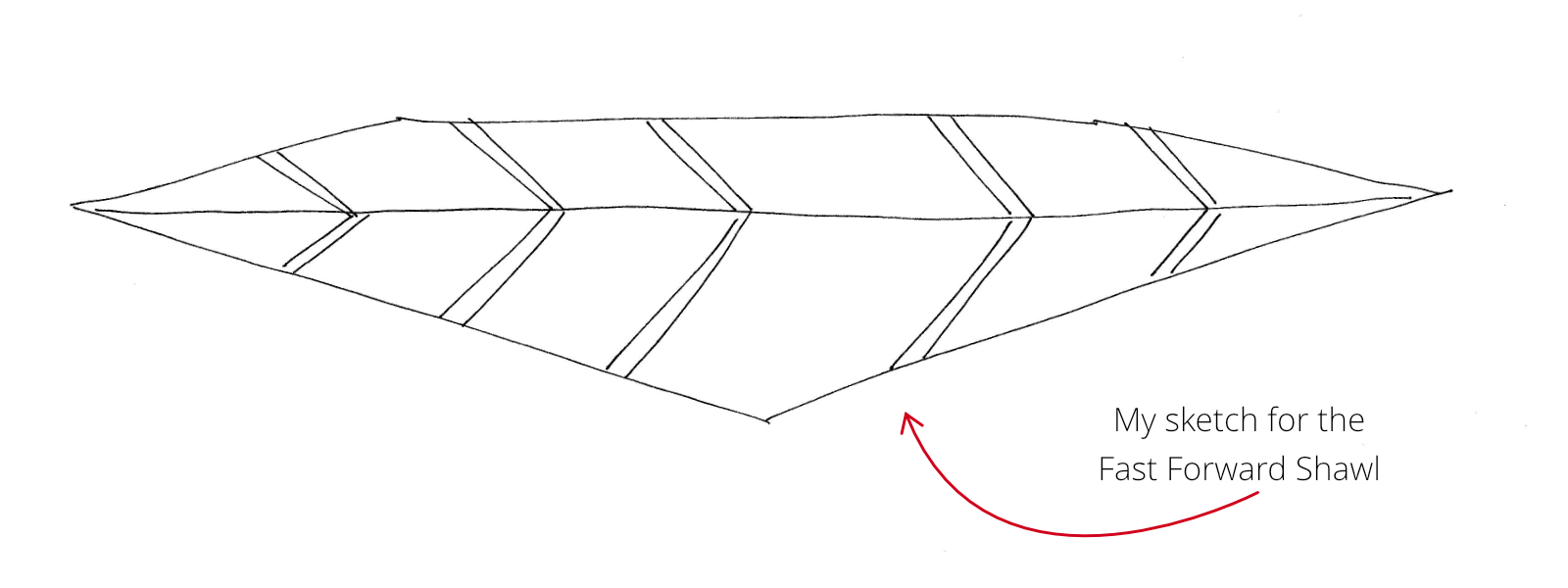
Basically, there are three ways to knit a triangular shawl: top-down, bottom-up or sideways. I had in mind how I wanted my finished shawl to look and that meant that I had to knit it sideways. There is a major advantage to this method: the rows don’t get extremely long!
Before I started to make the three-coloured, full version of the Fast Forward Shawl, I decided to make a smaller baby version to test my idea for the construction of this shawl. I picked the ugliest colour from the big box of yarn balls and experimented with my ideas. I wanted to insert a picture of the part of the process, but I couldn’t find any… the colour must have been that ugly! The baby shawl also doesn’t exist anymore: I frogged it and caked the yarn again.
The Fast Forward Shawl
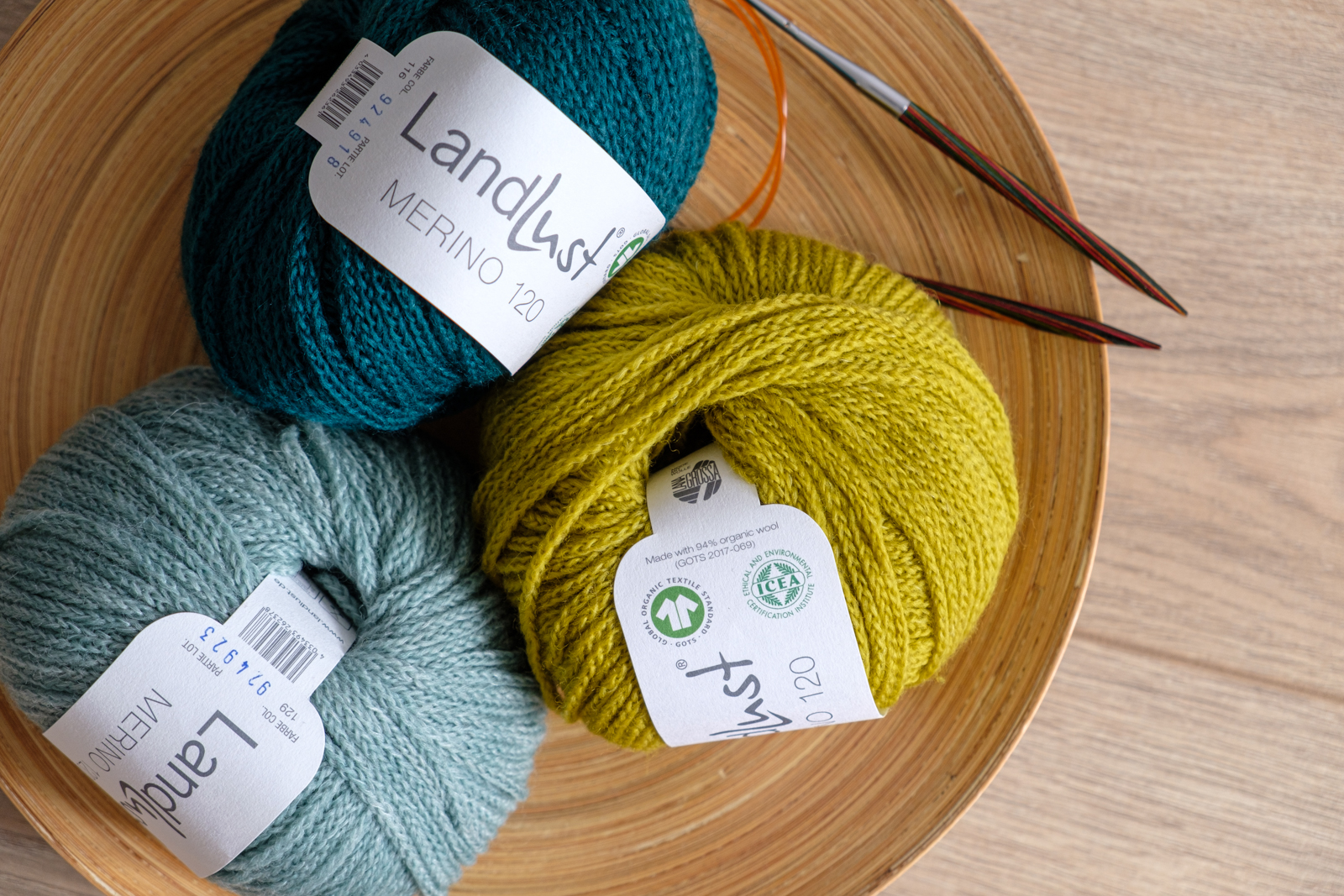
Okay, so after preparing and experimenting it was time to knit the final piece! It must have been last summer when I knit it… I remember taking the work-in-progress with me when we visited my parents-in-law in Germany. I also remember that I didn’t make a lot of progress on that trip (which lasted only a couple of days). It was warm and that’s not ideal for working with bulky wool (for me at least).
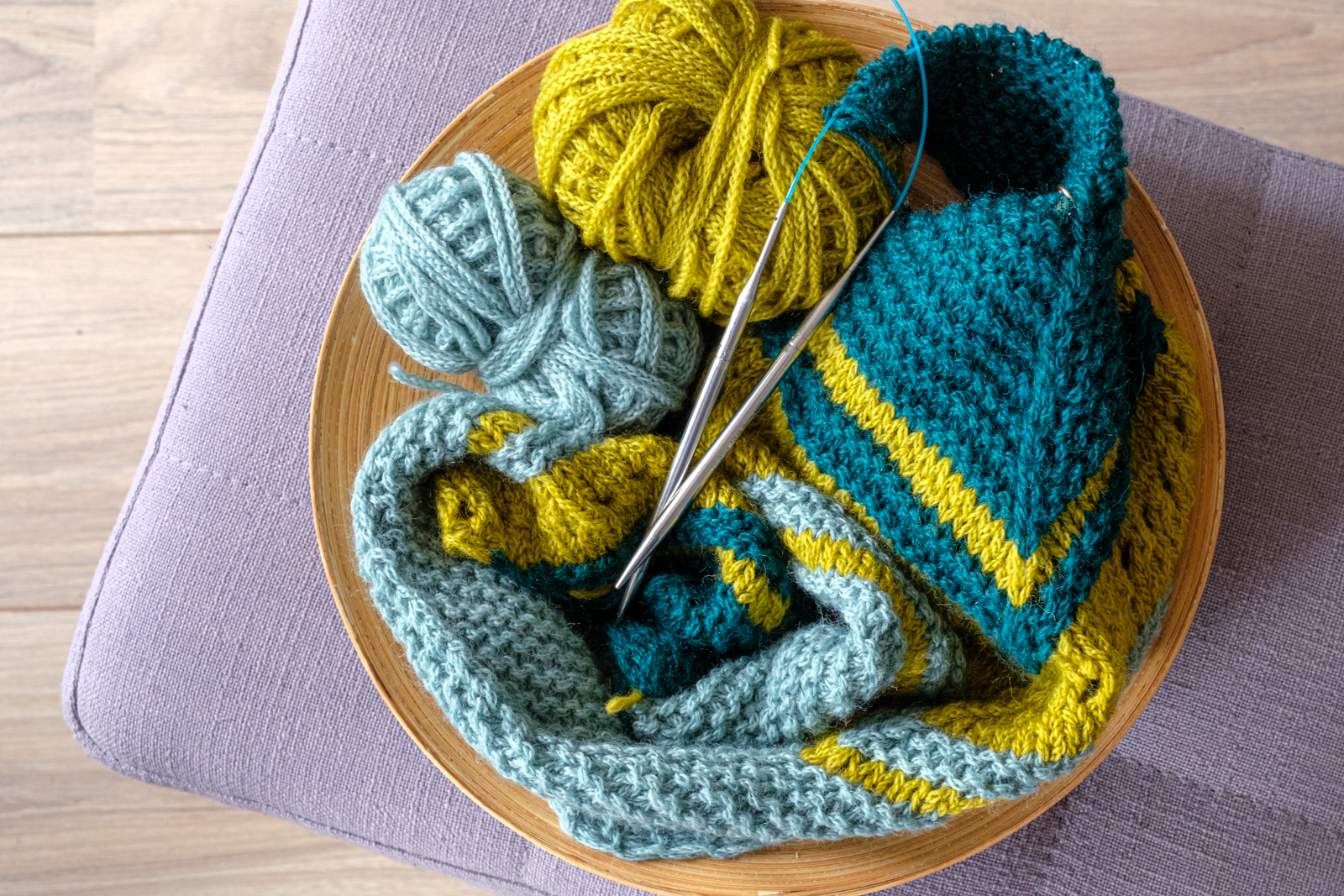
As I mentioned at the beginning of this blog post, working with large needles usually means that you can finish a project rather fast. And that certainly goes for this shawl too. I used 6,0mm knitting needles which is a size that is still comfortable for my hands to work rather quick.
If you look at the yarn closely, you’ll notice that the thread looks like it is knitted. It looks like a mini i-cord. This kind of yarn is known as chainette yarns (derived from ‘chain’). These kinds of yarns have a hollow core and that makes them lofty and lightweight. And very nice to knit with, I think!
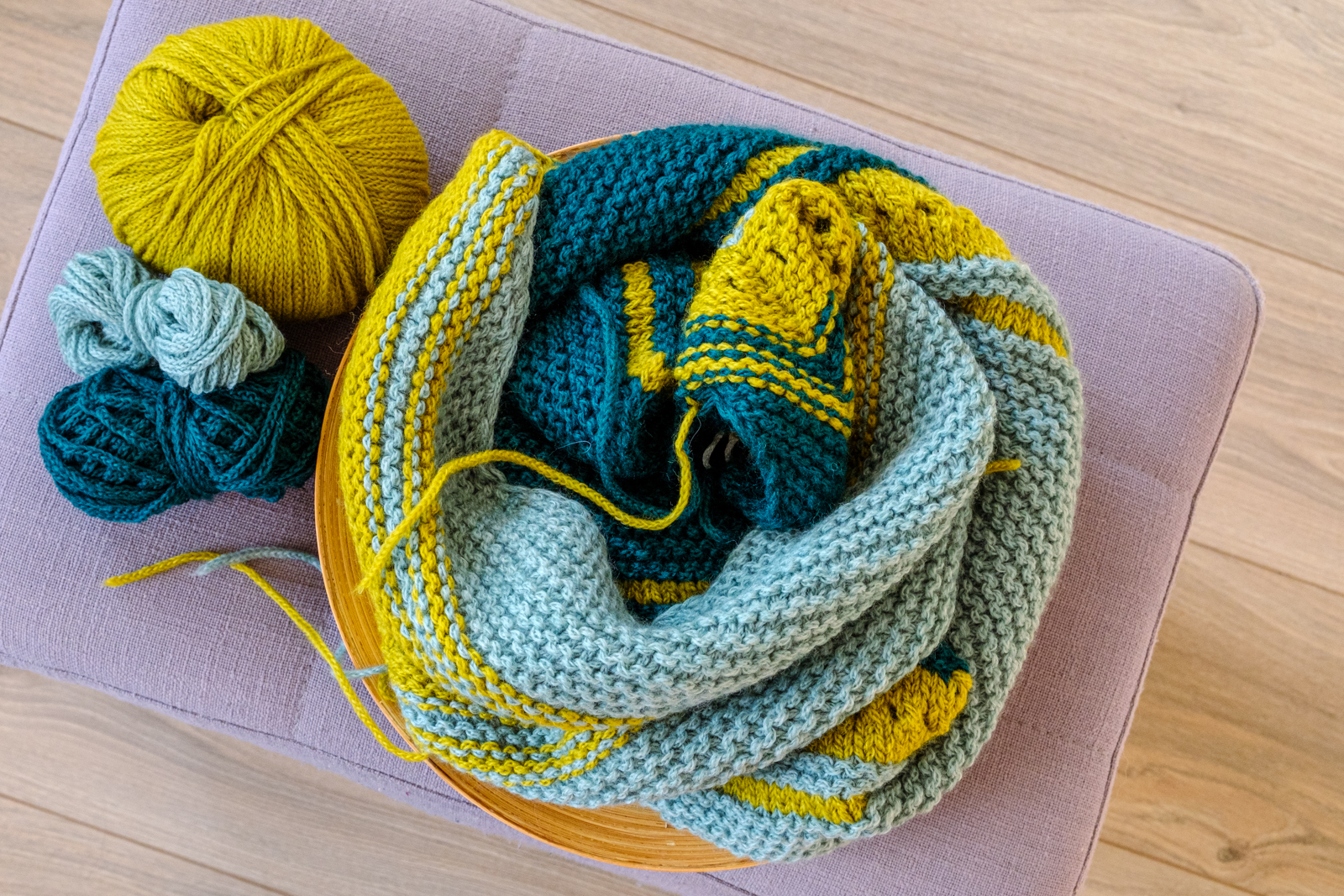
I think that by now you can guess why it’s named Fast Forward Shawl, right?
Ta-dah!
Enough talking about the Fast Forward Shawl… it’s time to show you the finished shawl! I really hope that you like it as much as I do! The pattern (in English) is available through Ravelry.
Go and have a look! And please tag me when you knit your own Fast Forward Shawl… I’d love to see it!
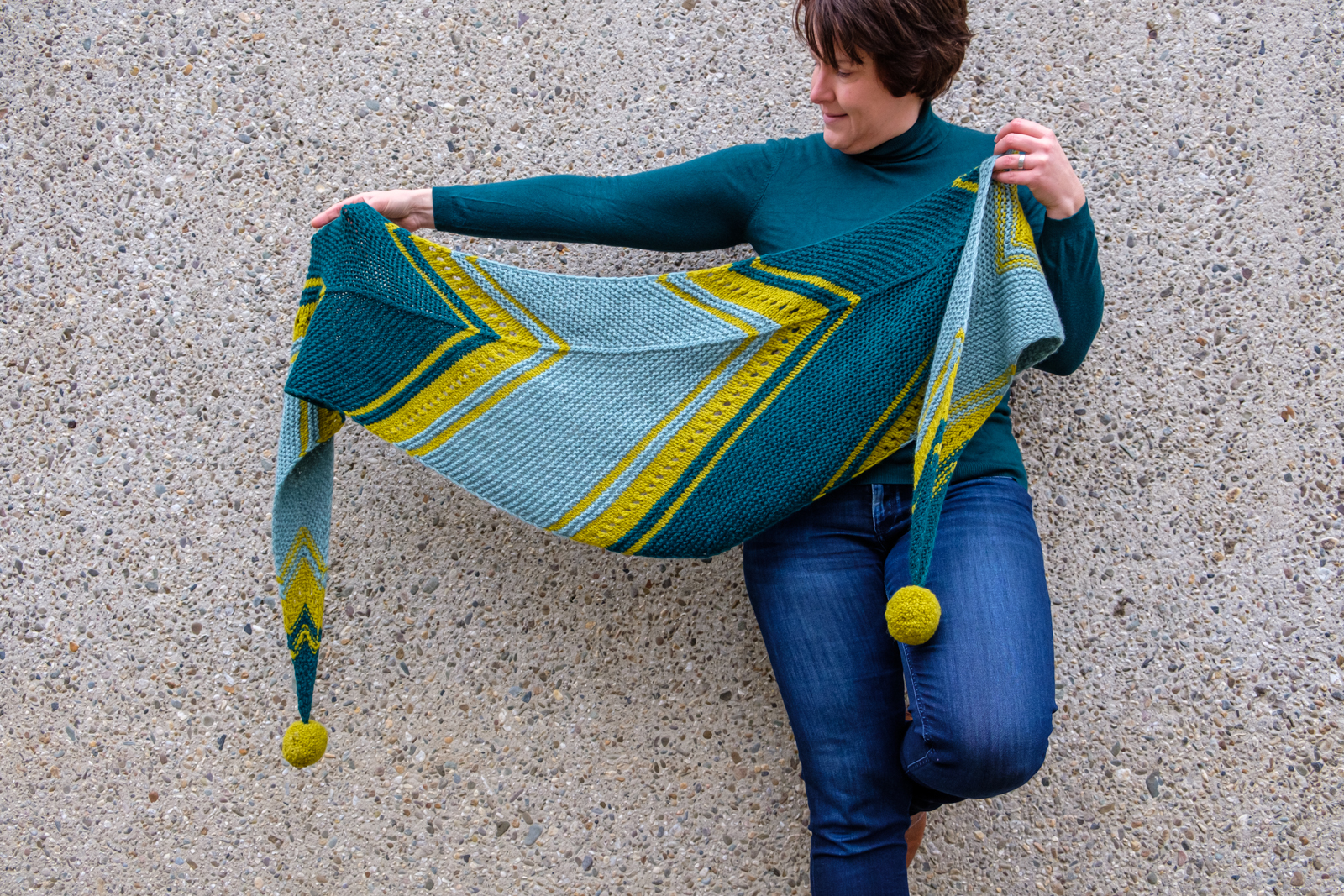
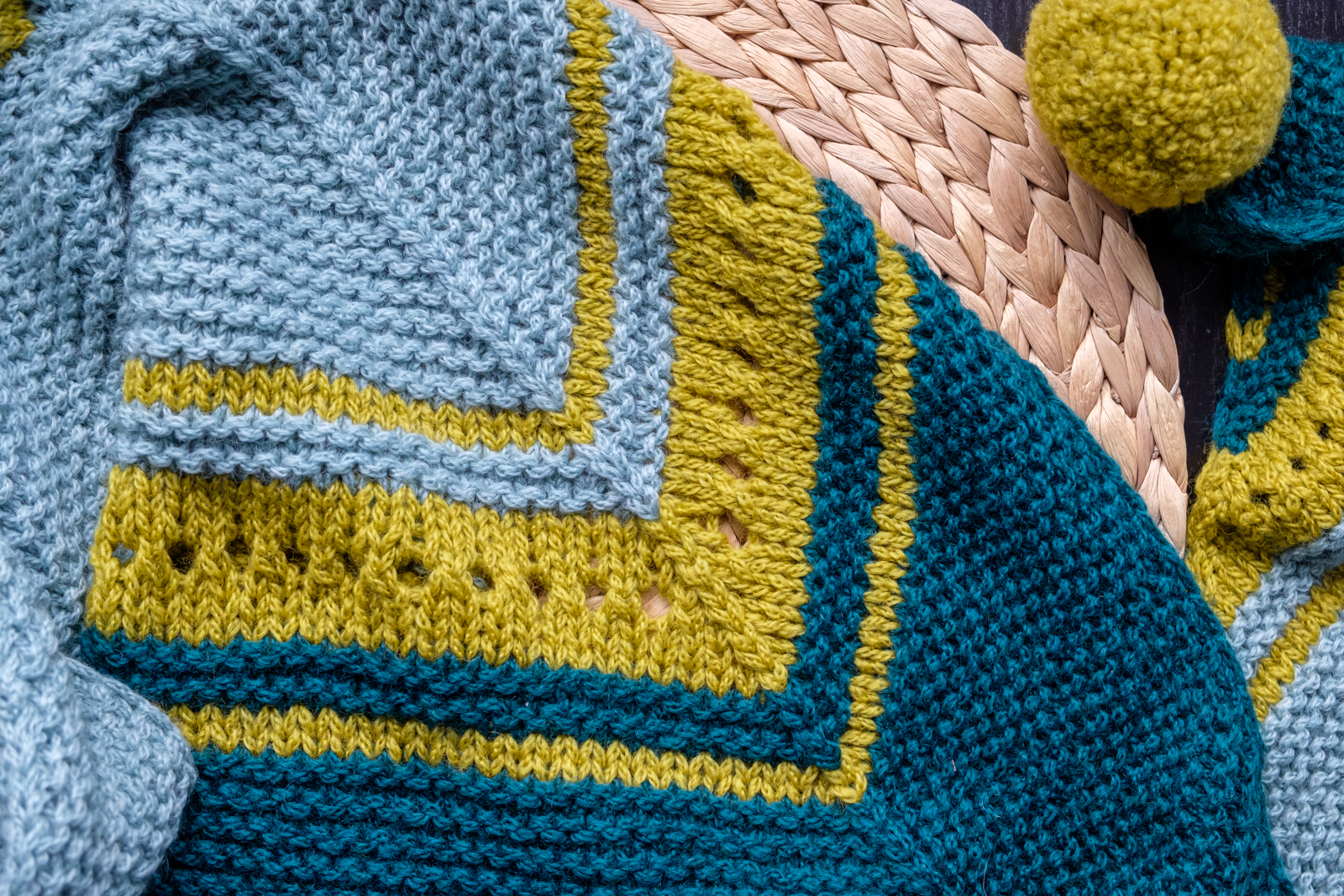
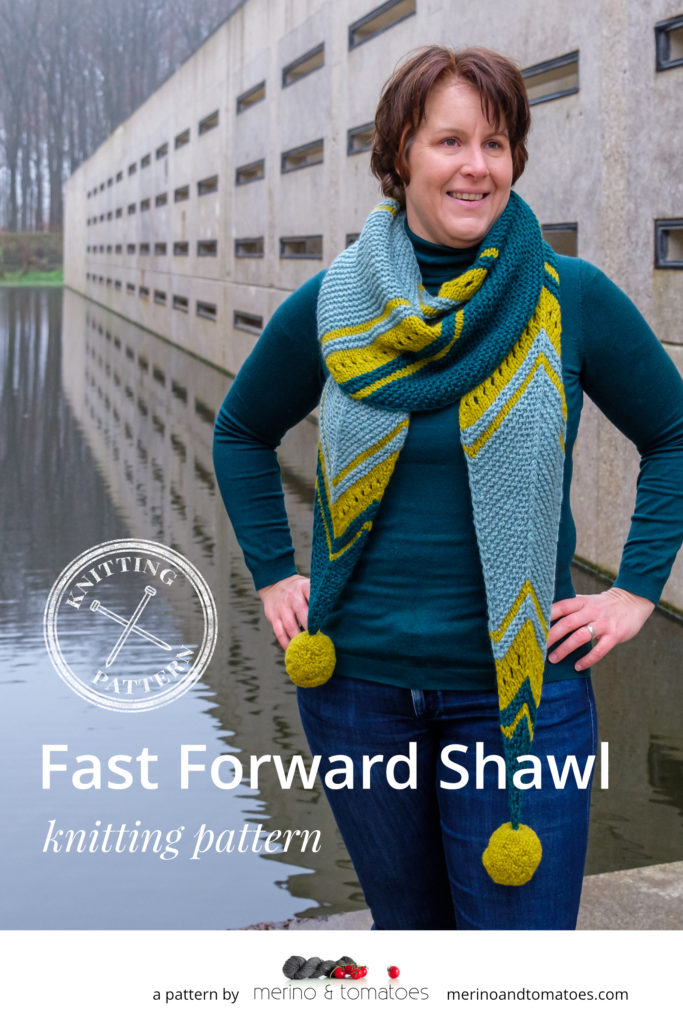

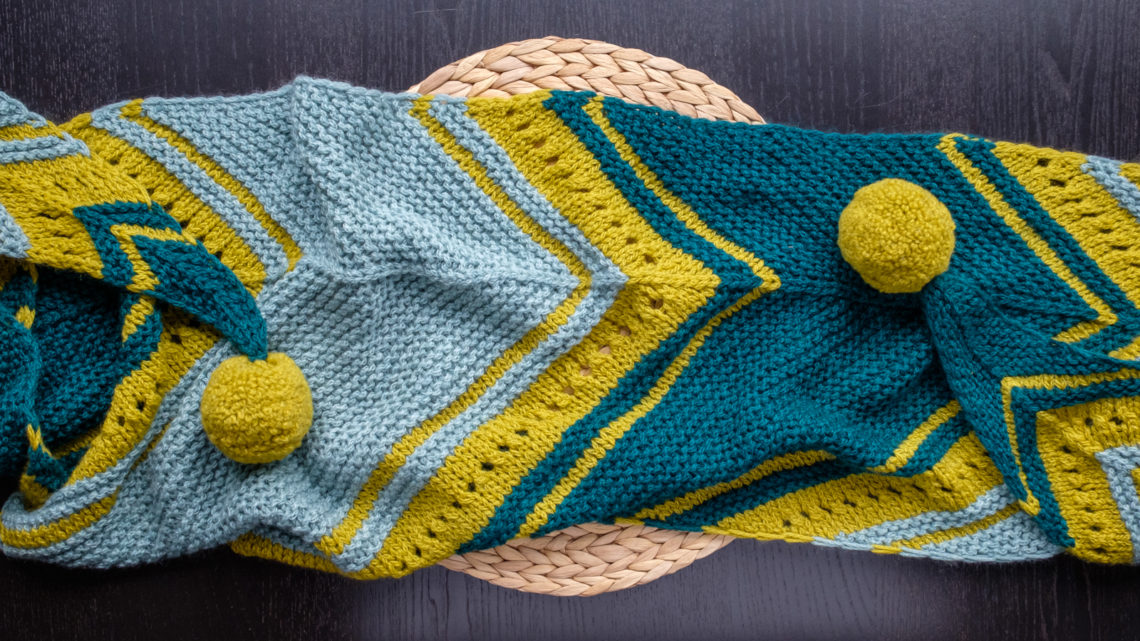
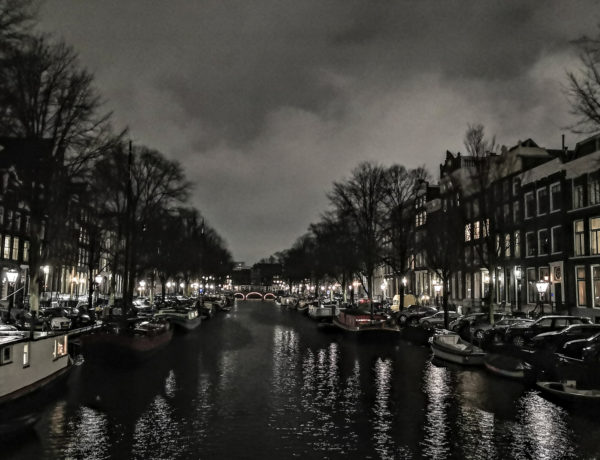
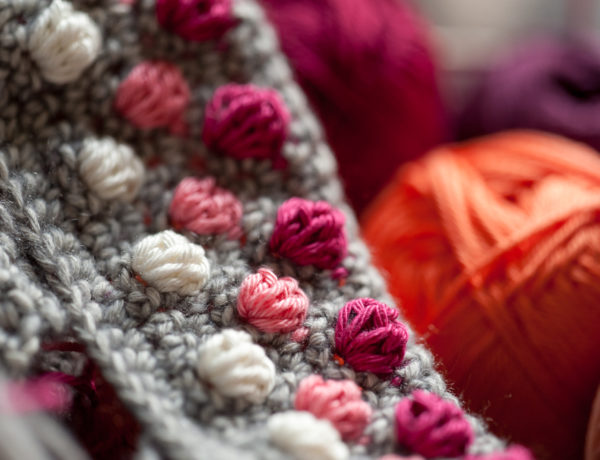
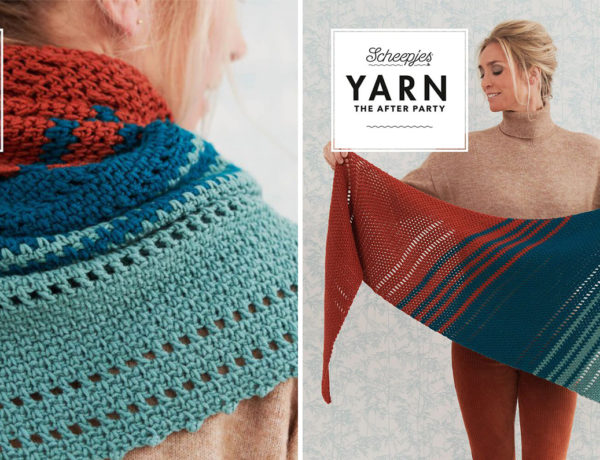

No Comments